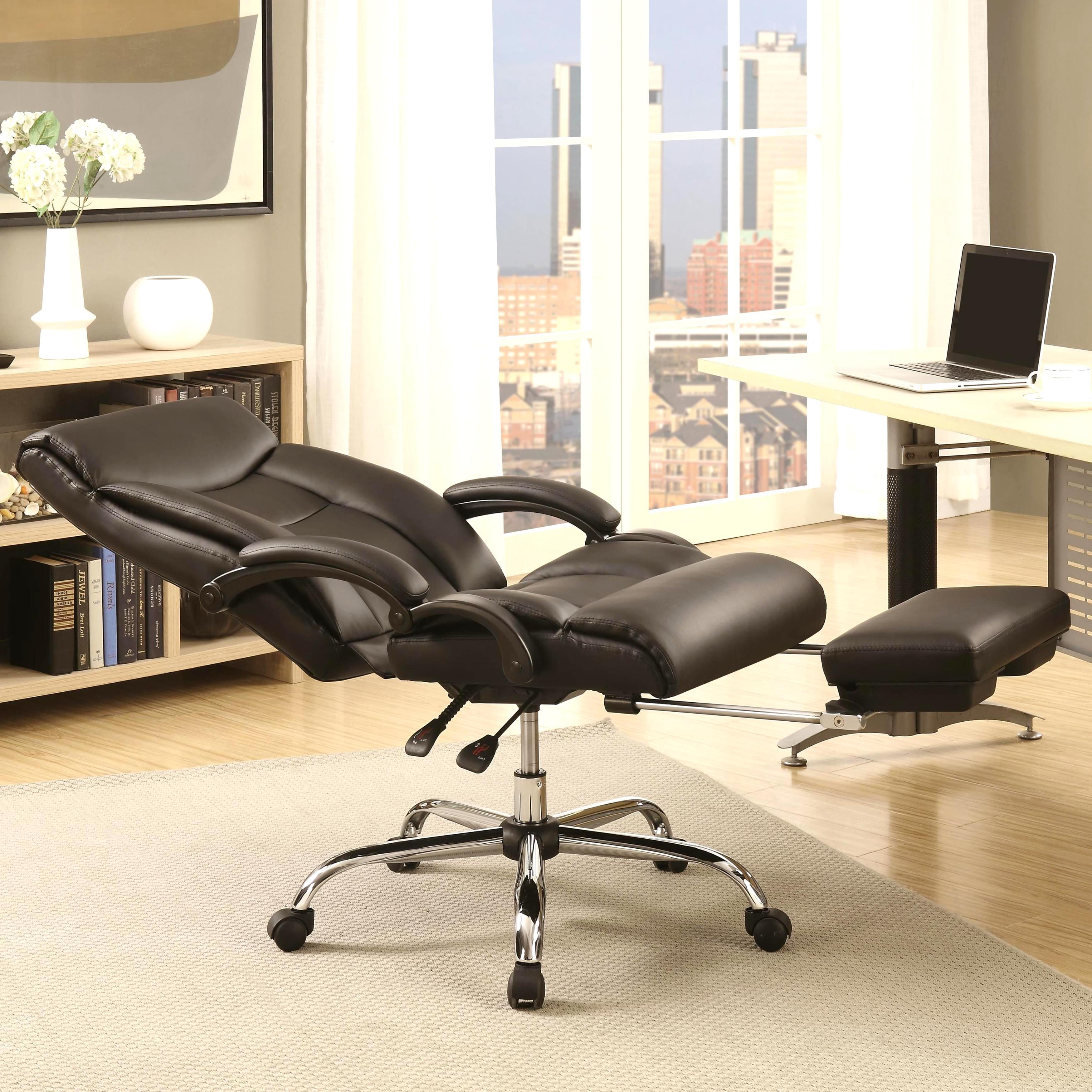Practical Considerations and Usage Scenarios: Lie Down Desk Chair

Integrating a lie-down desk chair into your workspace requires careful planning to ensure both comfort and productivity. Successful implementation hinges on understanding the chair’s unique requirements and adapting your workflow accordingly. This section explores practical considerations, suitable work tasks, sample schedules, and posture maintenance techniques for optimal usage.
Space Requirements and Adjustments
The primary practical consideration is space. Lie-down desk chairs necessitate significantly more floor space than traditional chairs. A minimum of 6-8 feet of length is recommended, allowing for comfortable extension and movement. Height adjustment of the desk and chair is crucial; the desk should be easily adjustable to accommodate various lying-down positions, preventing neck strain and ensuring optimal viewing angles for screens. Consider the placement of other furniture and equipment to avoid overcrowding and maintain ease of access. Adjusting the angle of the chair’s backrest might also be necessary to find the most comfortable position for prolonged use.
Suitable and Unsuitable Work Tasks
The suitability of a lie-down desk chair depends heavily on the nature of the work task.
- Well-suited tasks: Tasks involving minimal physical movement, such as writing, editing, coding, graphic design, reading, and light research are ideal. These activities allow for sustained periods of comfortable reclination without compromising productivity. Strategic breaks are still crucial, even for these tasks.
- Unsuitable tasks: Tasks requiring significant physical exertion, fine motor skills demanding precise hand-eye coordination (such as intricate surgery or detailed assembly work), or those involving frequent standing or walking are not suitable. Activities requiring significant upper body movement or heavy lifting should also be avoided.
Sample Daily Schedule, Lie down desk chair
A sample daily schedule incorporating a lie-down desk chair could prioritize tasks demanding focus and minimal physical activity during periods of reclination.
| Time | Activity | Chair Position |
|---|---|---|
| 9:00 AM – 11:00 AM | Writing/Editing Project | Lie-down |
| 11:00 AM – 11:30 AM | Break/Light Exercise | Standing |
| 11:30 AM – 1:00 PM | Research and Data Analysis | Lie-down |
| 1:00 PM – 2:00 PM | Lunch Break | Sitting |
| 2:00 PM – 4:00 PM | Meetings/Phone Calls | Sitting/Standing (as needed) |
| 4:00 PM – 5:00 PM | Email & Administrative Tasks | Lie-down |
Maintaining Proper Posture and Comfort
Maintaining proper posture and comfort while using a lie-down desk chair is paramount to prevent discomfort and strain. The chair should support the natural curvature of the spine. Adjust the chair’s angle and headrest to provide adequate neck and back support. Regularly adjust your position to prevent stiffness. Taking short, frequent breaks to stretch and move around is essential. Consider using a supportive pillow or lumbar support cushion to enhance comfort and alignment. Proper lighting and screen placement are also crucial to avoid eye strain and neck pain. Avoid prolonged periods of remaining in a single position. Regular breaks and changes in posture are key to preventing discomfort.
